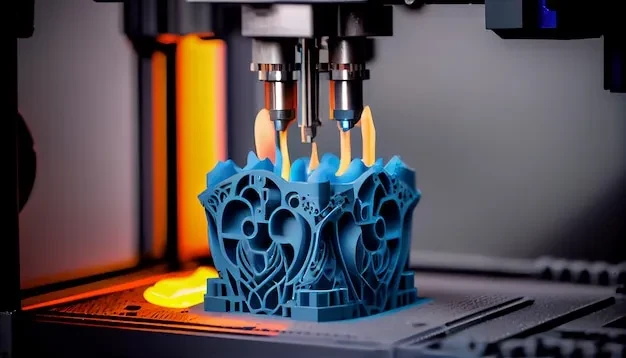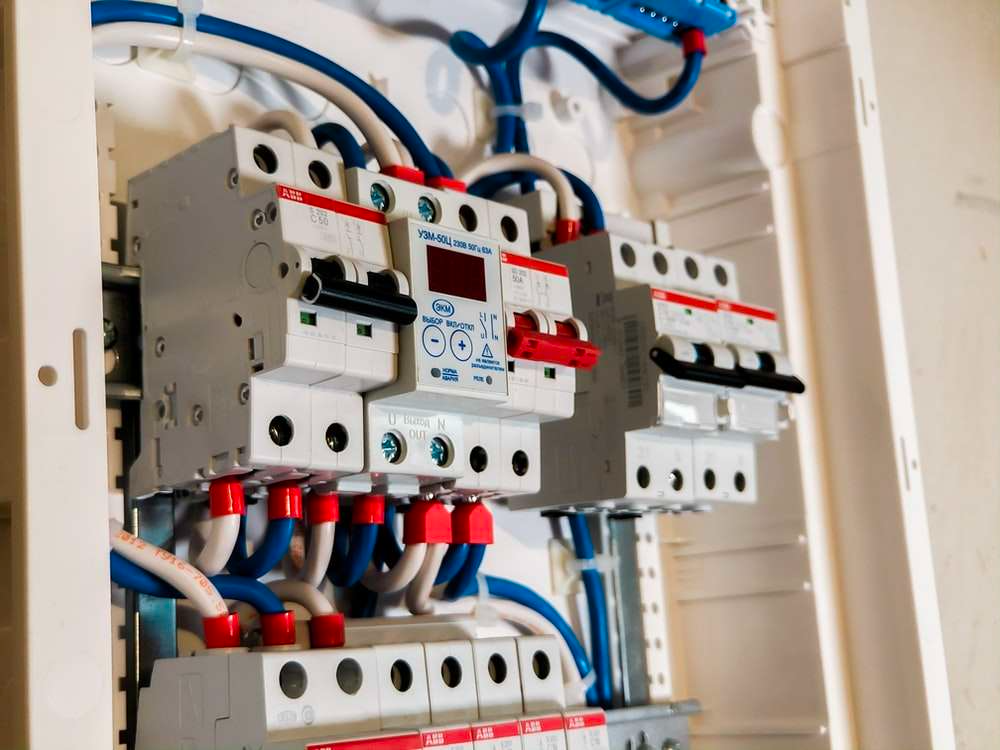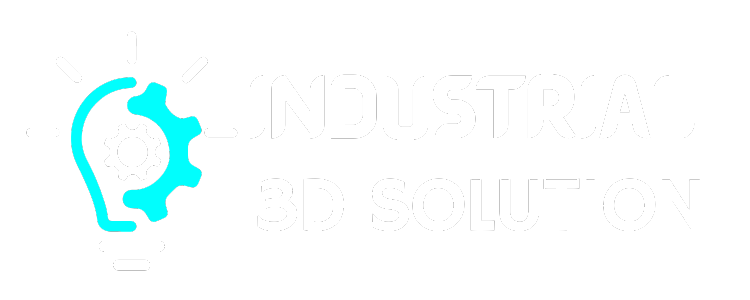৳ 5,500.00
Here’s a more detailed division of the PLC training course into 23 modules, providing a gradual learning curve and comprehensive coverage of all topics:
Module 1: Introduction to PLC
- Definition of PLC (Programmable Logic Controller)
- Overview of industrial automation using PLCs
- Key benefits and historical development of PLCs
Module 2: PLC Components Overview
- Central Processing Unit (CPU)
- Input/Output (I/O) modules
- Programming devices
Module 3: Basic PLC Operations
- How PLCs process inputs, logic, and outputs
- The PLC scan cycle: input scan, program execution, output scan
Module 4: Siemens PLC Overview
- Introduction to Siemens PLC product lines (LOGO, S7-200, S7-300, S7-400)
- Overview of Siemens SIMATIC family and Step 7 software
Module 5: Siemens PLC Programming
- Introduction to Step 7 programming environment
- Basic programming functions in Siemens Step 7
Module 6: LOGO! 8 Mini PLC
- Features of Siemens LOGO! 8 mini PLC
- Programming and applications for small automation projects
Module 7: Mitsubishi PLC Overview
- Overview of Mitsubishi Electric PLC series (Q Series, IQ-R series)
- Features and benefits of Mitsubishi PLCs in automation
Module 8: Mitsubishi PLC Programming
- Introduction to Mitsubishi programming software
- Basic configuration and programming of Mitsubishi PLCs
Module 9: Delta PLC Overview
- Introduction to Delta DVP and AH series PLCs
- Key features and industrial applications of Delta PLCs
Module 10: Delta PLC Programming
- Overview of Delta programming environment
- Hands-on programming of Delta PLCs for automation tasks
Module 11: LS PLC Overview
- Introduction to LS PLCs (Master K and XGB series)
- Redundancy systems for high-speed process control with XGR series
Module 12: Basic PLC Programming Concepts
- Introduction to Ladder Logic programming
- Common PLC programming languages (Ladder, FBD, STL)
Module 13: PLC Inputs and Outputs
- Types of input devices (sensors, switches)
- Types of output devices (motors, actuators)
Module 14: PLC Communication Interfaces
- Overview of communication protocols (Modbus, Profibus)
- Networking PLCs with other automation systems
Module 15: Analog and Digital Signals
- Understanding analog vs digital signals in PLC systems
- Applications of analog signals in industrial control
Module 16: HMI Integration with PLCs
- Overview of Human Machine Interface (HMI)
- Integrating PLCs with HMI for control and monitoring
Module 17: Advanced PLC Programming Techniques
- Use of timers, counters, and comparison functions
- PID control loops and their application in PLCs
Module 18: Troubleshooting PLC Systems
- Common hardware issues in PLC systems
- Software troubleshooting methods for PLCs
Module 19: PLC System Maintenance
- Preventive maintenance for PLC systems
- Best practices for maintaining hardware and software
Module 20: SCADA Integration with PLCs
- Introduction to SCADA (Supervisory Control and Data Acquisition)
- Role of PLCs in SCADA-based systems for industrial automation
Module 21: Real-World Industrial Applications
- Case studies of PLC-controlled systems in manufacturing and processing
- Examples of automation in various industries (energy, transport, etc.)
Module 22: Project Design and Implementation
- Designing a simple PLC system for automation tasks
- Developing a PLC program and testing functionality
Module 23: Final Project and Evaluation
- Complete a hands-on PLC project
- Simulate real-world applications and present project results
This module structure allows for a well-rounded understanding, covering both the theoretical foundations and practical applications of PLC systems.
৳ 5,500.00
Available Seats
25 seats remaining
Instructor

S. M. Abdullah
Class Start Date
Nov 22, 2024
Who Can Join
This course is suitable for anyone looking to enhance their skills. No prior knowledge is required.
More Courses







